Black holes: Facts, news, features and articles about the darkest objects in the universe
Latest about Black Holes
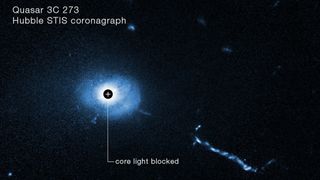
Scientists spot 'L-shaped structures' and 'weird things' near monster black hole in epic new Hubble telescope images
By Joanna Thompson published
New Hubble Space Telescope images of a black hole-powered quasar reveal 'weird' structures and gigantic jets of energy that scientists are just beginning to explain.
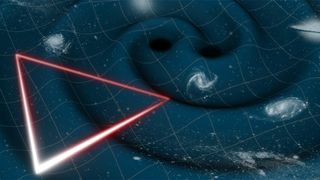
Black hole paradox that stumped Stephen Hawking may have a solution, new paper claims
By Paul Sutter published
As black holes slowly vanish through Hawking radiation, their information may be preserved in subtle space-time ripples, a new theory suggests.
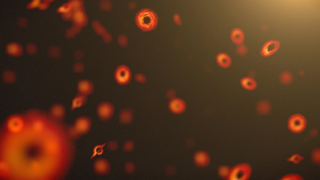
Miniature black holes could be hollowing out planets and zipping through our bodies, new study claims
By Ben Turner published
Some physicists say the lingering questions about our universe could be solved by hypothetical objects called primordial black holes. New research claims the evidence of their existence could be right here on Earth.
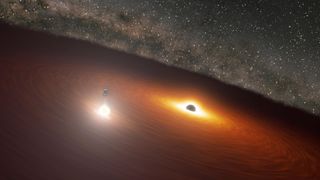
'Impossible' black holes discovered by the James Webb telescope may finally have an explanation
By Paul Sutter published
Peculiar James Webb Space Telescope observations seem to show gargantuan black holes in the earliest moments of the universe. New research may explain how they formed, thanks to primordial "seeds".
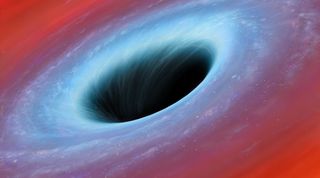
Extremely rare 'failed supernova' may have erased a star from the night sky without a trace
By Ben Turner published
An artist's rendering of a black hole
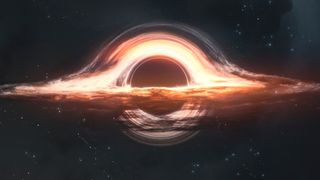
'Webb has shown us they are clearly wrong': How astrophysicist Sophie Koudmani's research on supermassive black holes is rewriting the history of our universe
By Ben Turner published
How did supermassive black holes get big so fast? Astrophysicist Souphie Koudmani tells us how she and her colleagues are finding out.
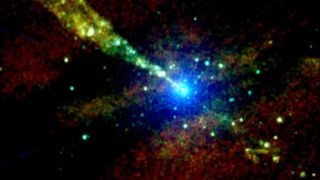
NASA's Chandra X-ray telescope sees 'knots' blasting from nearby black hole jets
By Sharmila Kuthunur published
A fresh analysis of decades-old X-ray black hole jet data has revealed bright, lumpy features with mysterious speed changes.
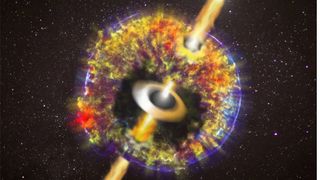
Hubble watches neutron stars collide and explode to create black hole and 'birth atoms'
By Robert Lea published
Astronomers have used a range of telescopes, including Hubble, to watch as particles dance around a neutron star collision that created the smallest black hole ever seen.
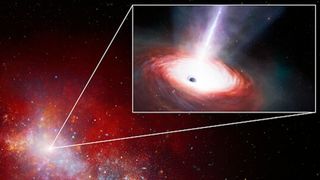
James Webb telescope spots 'feasting' black hole eating 40 times faster than should be possible
By Brandon Specktor published
Astronomers using the James Webb Space Telescope have spotted a feeding black hole in the early universe that seems to be eating 40 times faster than is theoretically possible.
Get the world’s most fascinating discoveries delivered straight to your inbox.


